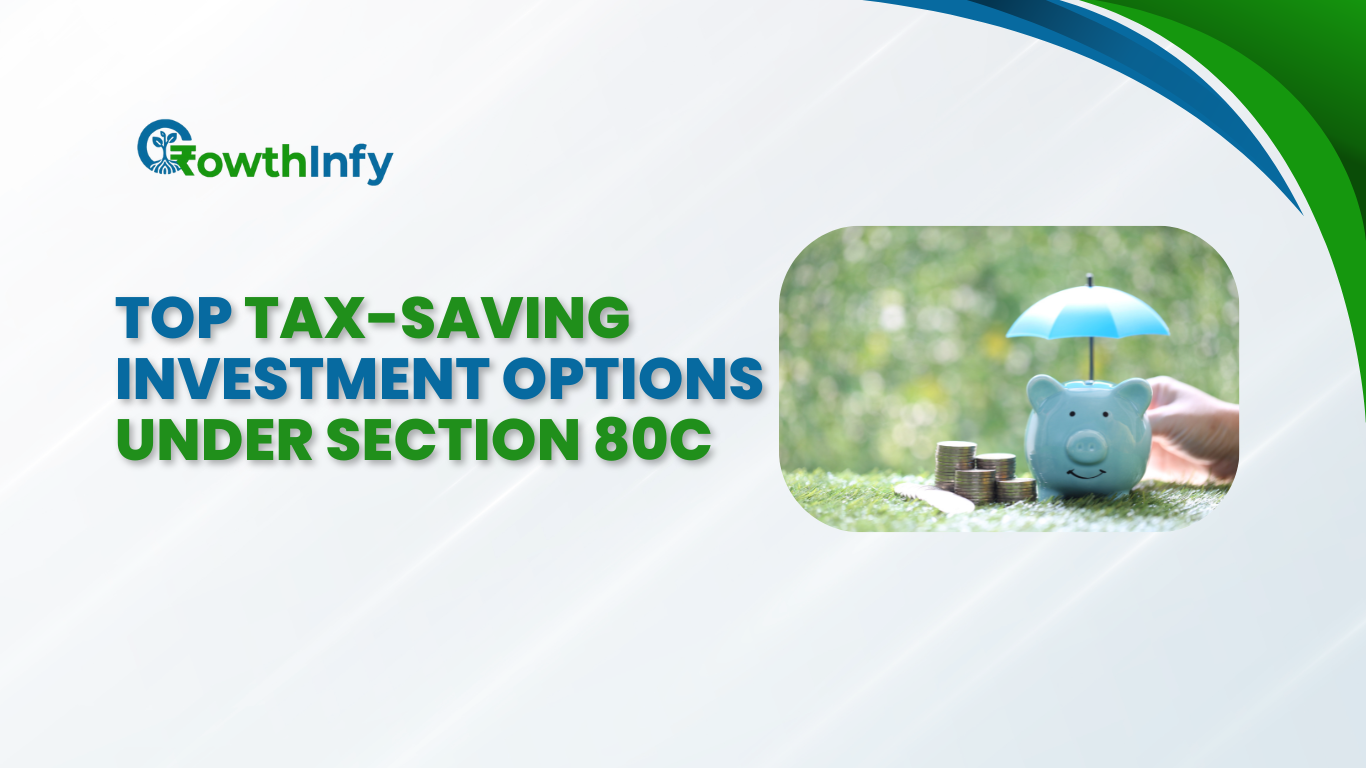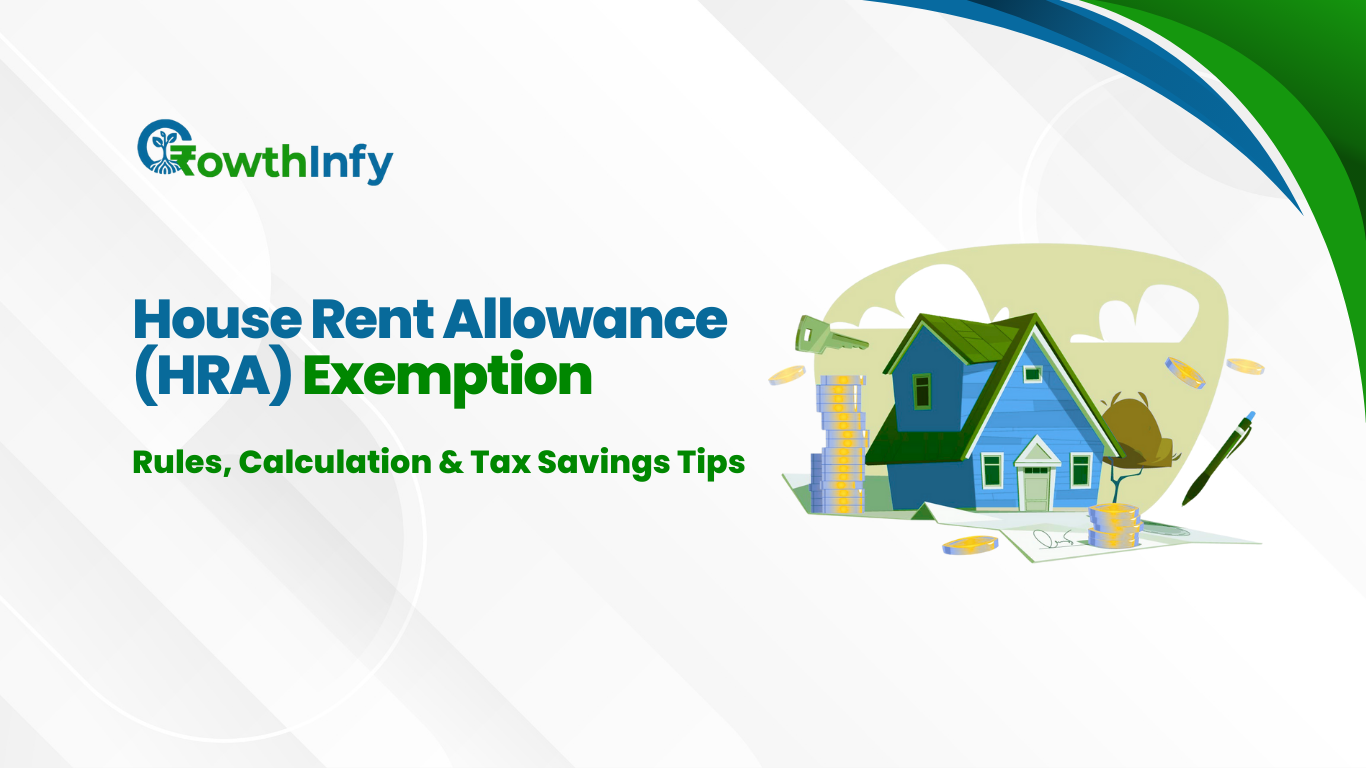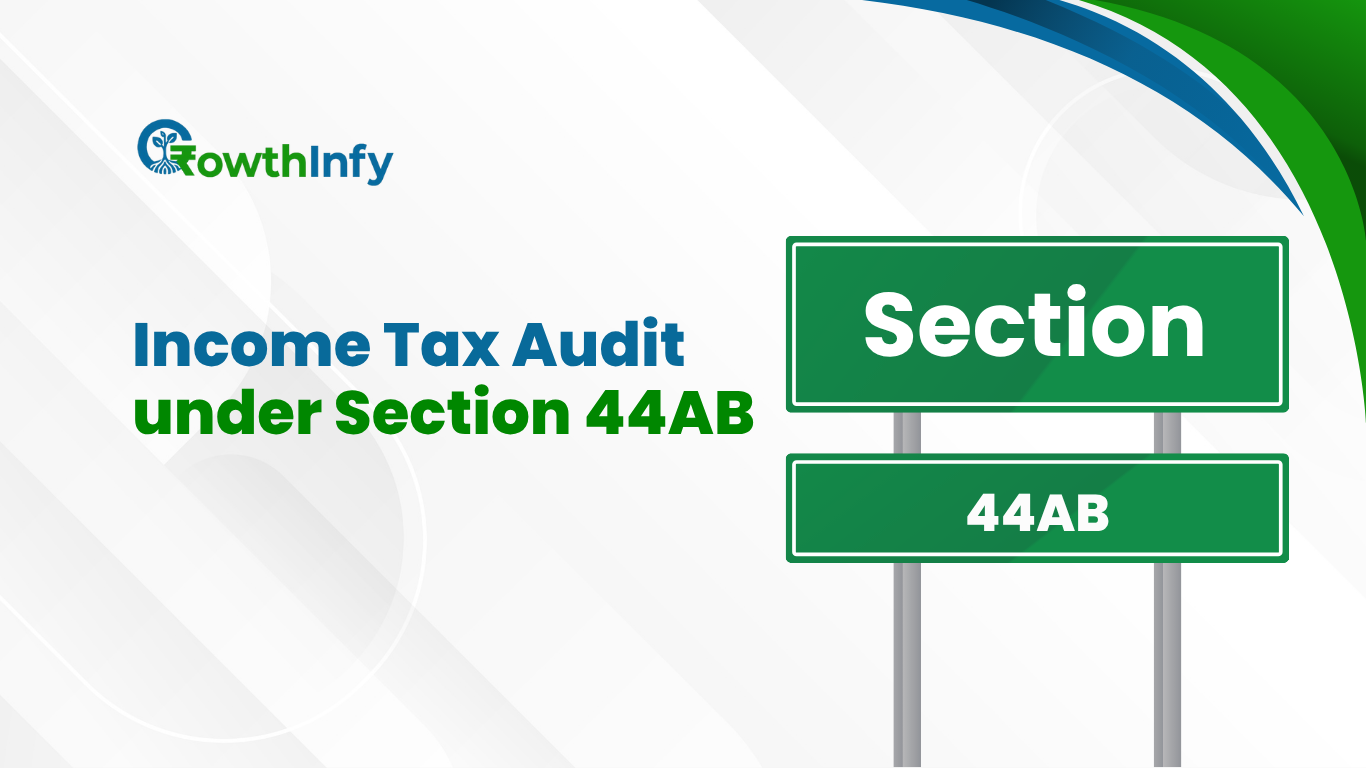Top Tax-Saving Investment Options Under Section 80C
Section 80C of the Income Tax Act, 1961 is a popular provision for Indian taxpayers which provides the benefit of deductions of ₹1.5 lakhs in each financial year when an individual makes some eligible investments or incurs eligible expenditure. By making some clever investment in tax-saving options, individuals or Hindu Undivided Families (HUFs) can reduce their taxable income while creating wealth. This article identifies this list of top tax-saving investment options under Section 80C, specifically written for the Indian audience, so you can plan accordingly for FY 2024-25 (AY 2025-26).
Why Invest Under Section 80C?
Section 80C promotes long-term savings by providing tax deductions for investments in specified instruments. This facility is possible only under the old tax regime, and it will help tax-payers reduce their tax liability while also fulfilling their financial objectives like retirement, education or wealth creation. Choosing the correct option will depend on your risk appetite, time to invest, and liquidity needs.
Top Tax-Saving Investment Options Under Section 80C
1. Equity Linked Savings Scheme (ELSS)
ELSS mutual funds are equity-oriented schemes that come with a 3-year lock-in period, the shortest of all Section 80C options. They present opportunity for high returns (historically after-tax returns have been in the 10-15% range annually). However, due to their equities orientation, these funds also face market risks. ELSS funds are suitable for young investors with a high risk appetite who are looking to invest (SIP) from as few as ₹500.
- Tax Benefit: ₹1.5 lakh deduction.
- Return: Market linked, no tax long-term capital gains of up to ₹1.25 Lakhs annually to the investor.
- Best Suited For: Wealth creation along with tax saving
2. Public Provident Fund (PPF)
The Public Provident Fund (PPF) is a government-backed risk-free investment option that comes with a lock-in period of 15 years, which can be extended in blocks of 5 years thereafter. It provides tax-free interest (7.1% for FY 2024-25) and maturity proceeds, making it EEE (Exempt-Exempt-Exempt). PPF is a good investment option for risk-averse investors who are looking to save in the long term.
- Tax Benefit: Deduction on contributions up to ₹1.5 lakh.
- Returns: Fixed interest rate with no tax applicable.
- Best for: Long term savings and retirement planning.
If you want to dive into how you can make safe investments, check out our blog on Low-Risk Investment Options in India.
3. National Pension System (NPS)
NPS is a voluntary pension scheme that invests in a mixture of equity, corporate bonds and government securities. NPS is beneficial for retirement planning as it qualifies for tax deduction under Section 80C and additionally ₹50,000 deduction under Section 80CCD(1B). It is a useful retirement planning financial product, as NPS has a lock-in till 60 years of age, so until that time, pension funds cannot be withdrawn but under a few specific exemptions partial withdrawals can be made.
- Tax Benefits: ₹1.5 lakh under Section 80 C and ₹50,000 under Section 80CCD (1B).
- Returns: Market linked returns as well as 8-12% historic average.
- Best Suited For: Retirement corpus building.
4. Employee Provident Fund (EPF)
EPF is a mandatory savings plan for salaried workers which is funded by both employers and employees at the rate of 12% of the employee’s basic salary plus dearness allowance. Contributions by the employee to EPF are eligible for a deduction under Section 80C. The interest on the account (currently 8.15%) is also tax exempt if withdrawn after completion of five years of continuous service.
- Tax Benefit: Employee Contributions capped at ₹1.5 lakh deductible.
- Returns: Fixed interest rate, tax free.
- Best For: Salaried earners that want to save for early retirement.
5. Sukanya Samriddhi Yojana (SSY)
SSY is a government scheme specially made for a girl child. It offers the parent / legal guardian tax-free interest (currently 8.2%) and tax-free maturity proceeds. Parents or legal guardians can open an account for a girl child under 10 years of age, which is a lock-in till she reaches 21 years of age, or marries after the age of 18. The ideal investment is for education or marriage.
- Tax Benefit: Investment up to ₹1.5 Lakh is deductible
- Returns: High tax-free interest
- Best For: Saving for a daughter long-term.
 6. National Savings Certificate (NSC)
6. National Savings Certificate (NSC)
NSC is available from post offices and offers a five-year lock-in as a fixed-income scheme. NSC provides guaranteed returns (currently at 7.7%) while falling in the EEE category for tax benefits. The interest is reinvested and is eligible for Section 80C deductions.
- Tax Benefit: investments up to ₹1.5 lakh is deductible.
- Returns: Fixed, tax-free interest.
- Best For: Conservative investors who are investing for short-term savings.
7.Tax-Saving Fixed Deposits (FDs)
Tax-saving fixed deposit(s) (FDs) available from banks and post offices are subject to a 5-year lock-in and offer guaranteed returns (5.5-7%, depending on the bank). While the principal qualifies for deductions under Section 80C of the Income Tax Act, interest on the FDs are taxed. These investments are suitable for risk-averse investors who want predictable returns.
- Tax Benefit: Investments of up to ₹1.5 lakh deductible.
- Returns: Fixed, taxable interest.
- Best For: Safe and short-term tax savings.
8. Life Insurance Premiums
Premiums paid for life insurance (for you, your spouse, or children) qualify for the Section 80C exemption! Common types of insurance policies which will qualify for this exemption are purchased through IRDAI approved insurance companies. There are numerous options, i.e. term plans, endowment plans, ULIPs etc. When considering the life insurance policies, it would make sense that any maturity proceeds from those policies will be tax-free under Section 10(10D) for you, the insured, only if the total premiums paid for the policy in any year does not exceed 10% of the total sum assured.
- Tax Benefit: Up to ₹1.5 lakh deductible on the premiums paid.
- Returns: Returns depend on what kind of policy you have purchased; ULIPs provide you with returns linked to the market.
- Best For: Insurance and tax saver.
9. Unit Linked Insurance Plans (ULIPs)
ULIPs (Unit Linked Insurance Plans) are unique in that they offer insurance coverage along with the option of investing in equity or debt funds. The premiums paid on ULIPs qualify for deductions under Section 80C of the Income Tax Act and pay-outs from the maturity of the ULIPs are tax exempted under Section 10(10D) for the ULIPs taken prior to 1 February 2021. ULIPs have a 5-year lock-in period and will work for investors that want to have the best of both worlds.
- Tax Benefit: Premium paid would be deductible up to ₹1.5 L.
- Returns: Market-linked returns have historically been around 8-12%.
- Best For:Long-term wealth creation along with life insurance.
10.Home Loan Principal Repayment
Payments towards the principal of a home loan and stamp duty and registration costs, receive the Section 80C deduction. This is only available in the year they are paid so it will be valuable for eligible homebuyers.
- Tax Benefit: Principal repayments are deductible up to ₹1.5 lakh.
- Return: No direct return – decreases loan liability.
- Best For: Homeowners looking for tax assistance.
11.Tuition Fees
The tuition fee paid for the full-time education of up to two children (schools, colleges or universities) in India can qualify for Section 80C deductions. These are the tuition fees exclusively (not donations, development fees or any other non-tuition fees), which is a practical option for parents.
- Tax Benefit: Fees are deductible up to ₹1.5 lakh.
- Returns: No monetary returns but it supports education.
- Best For: Parents with children in school.
Key Considerations for Section 80C Investments
Old Tax Regime v/s New Tax Regime: Deductions under Section 80C are only available under the old tax regime. To be safe, compare both the regimes with an Income Tax Calculator before making a decision.
- Lock-in periods: Different options have different lock-in periods, such as ELSS (3 years) and PPF (15 years), which will affect the liquidity.
- Risk-vs-return: Consider high return options such as ELSS and NPS in conjunction with low return, low-risk options like PPF and NSC based on your risk appetite.
- Plan Early: It is always advisable to investment your amount early in the financial year to avoid a last-minute rush.
Comparison of Section 80C Investment Options
Investment | Lock-in Period | Returns | Risk Level | Tax Benefit |
ELSS | 3 years | 10-15% | High | ₹1.5 lakh |
PPF | 15 years | 7.1% | Low | ₹1.5 lakh |
NPS | Till 60 | 8-12% | Moderate | ₹1.5 lakh + ₹50,000 |
EPF | Till retirement | 8.15% | Low | ₹1.5 lakh |
SSY | Till 21 | 8.2% | Low | ₹1.5 lakh |
NSC | 5 years | 7.7% | Low | ₹1.5 lakh |
Tax-Saving FD | 5 years | 5.5-7% | Low | ₹1.5 lakh |
Life Insurance | Varies | Varies | Low-Moderate | ₹1.5 lakh |
ULIP | 5 years | 8-12% | Moderate | ₹1.5 lakh |
Home Loan | None | None | None | ₹1.5 lakh |
Tuition Fees | None | None | None | ₹1.5 lakh |
Maximising Section 80C Benefits
Maximizing Section 80C:
- Create a Portfolio: Create a mix of low-risk investments (like the PPF and the NSC) and high return investments (like an ELSS and an NPS).
- Review Your Investments Annually: Modify your investments as your financial position, goals, and market conditions determine.
- Claim it at the ITR Filing Stage: If you didn’t submit proof of investment to your employer, claim the deductions while you file your ITR by July 31, 2025.
- Seek Expert Help: Get personalized suggestions from financial planners.
Conclusion
Section 80C of the Income Tax Act provides tax-saving investment options that spans all kinds of life circumstances – from ELSS and NPS for wealth creation, to PPF and SSY for safer savings. Get to know the features of each of these options, their lock-in periods, their returns etc. So that you can make informed investments to strategically align your investments with your financial goals and save ₹ 1.5 lakh on taxes. It’s never too early to start thinking for FY 2024-25 tax savings and planning to optimise your tax savings as much as possible for your future.





Pingback: Tax on Cryptocurrency in India: A Comprehensive Guide for 2025 - Growthinfy